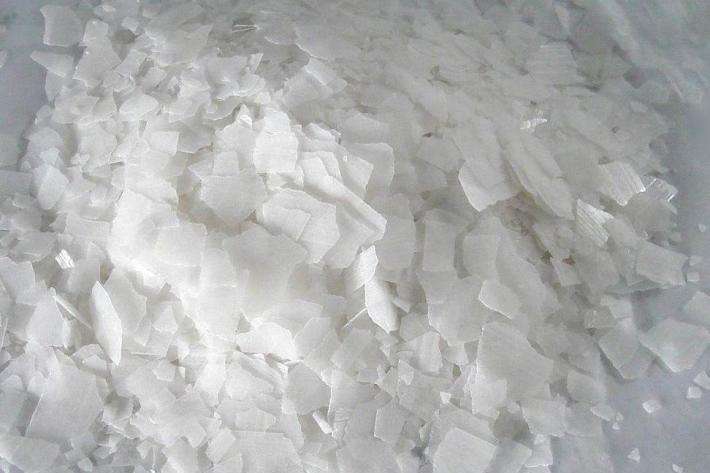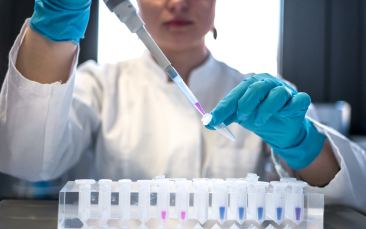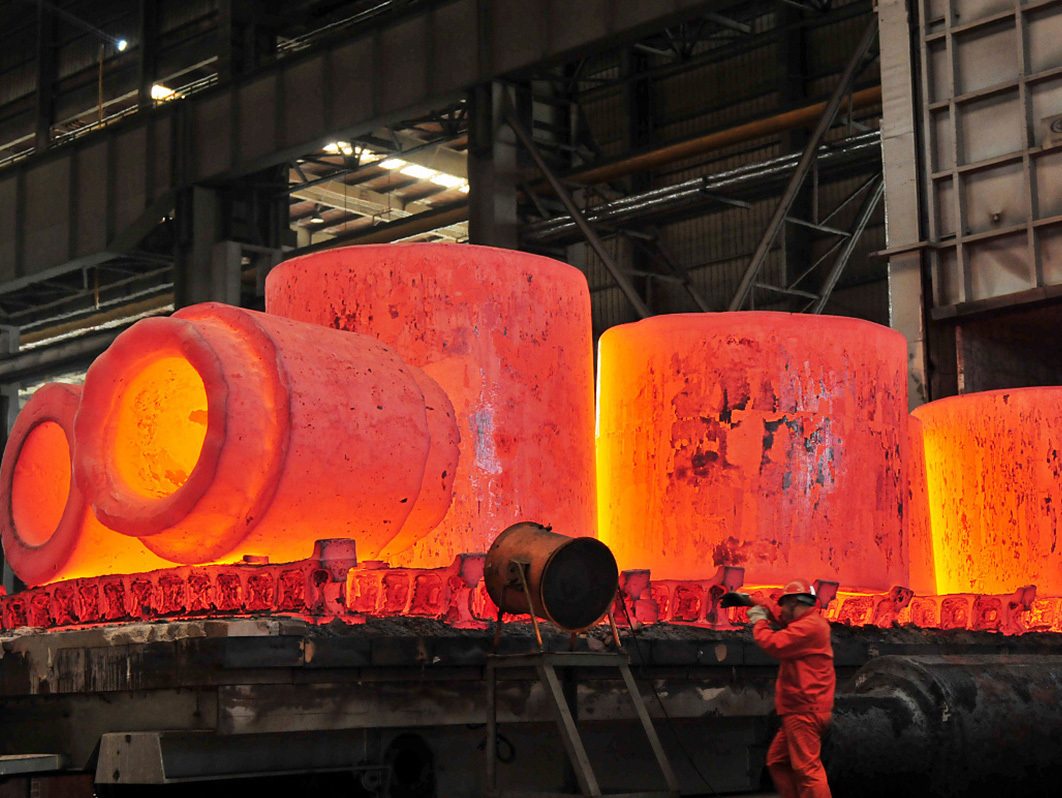Information Details
Domestic caustic soda plant operating rate
Release time:
2019-10-20 18:29
Abstract:
In 2009, the impact of the financial crisis on the domestic chlor-alkali industry has become more and more obvious. Especially for caustic soda products, this effect is particularly prominent from the point of view of the continuous decline in market prices. Recently, alumina, printing and dyeing, paper and other downstream markets are not fully started to cause the already increased production load of caustic soda enterprises can not smoothly sell products, resulting in the national caustic soda market has not yet officially warmed up. This topic focuses on the operating rate of caustic soda plants in most domestic chlor-alkali production enterprises in recent years, and provides reference for your work in this difficult period that the industry must face.
General description of operating rate of domestic caustic soda plant
With the deepening impact of the global financial crisis, the chlor-alkali chemical industry in 2009 is facing the double pressure of relative overcapacity and shrinking downstream market. As for the caustic soda market, on the one hand, the operating rate of domestic enterprises continues to increase, and the volume of products in the domestic market also increases; on the other hand, the international caustic soda market is in the doldrums, making it difficult to export domestic products. In addition, the downstream market launch is not comprehensive, but also to the future caustic soda market has brought multiple tests.
Judging from the production status of nearly 150 domestic caustic soda enterprises surveyed this time, the operating rate of chlor-alkali production units in most enterprises has maintained a high level, and some enterprises have stopped production due to market factors. From the overall situation, caustic soda production load of more than 50% of the enterprises accounted for about 80% of the total number of enterprises surveyed; production load of more than 70% of the enterprises accounted for more than 70% of the total number of enterprises surveyed; almost maintain full load and overload production of enterprises accounted for 38% of the total. High-load start-up enterprises accounted for a large proportion of the surveyed enterprises, and the overall operating rate of the industry maintained a high level.
From the overall distribution, the operating rate is closely related to the local downstream product structure and the different alkali and chlorine consumption products supported by the enterprise. As the eastern coastal area is the main consumption area of domestic caustic soda, the downstream market has played an obvious supporting role in the operating rate of caustic soda in this region, and the operating rate of local enterprises is generally relatively high. Especially for Shandong and Jiangsu, the main domestic caustic soda producing areas, the operating rate has also been significantly supported by the local downstream. Due to the slow recovery of alumina and other industries in Shandong and the sluggish purchasing atmosphere of caustic soda in the downstream, the operating rate of enterprises in the province is relatively low. However, due to the large number of local downstream enterprises, there is obvious support for enterprise production, and the average operating rate of local chlor-alkali plants is about 75%. The weighted average operating rate of caustic soda in Jiangsu is about 80%. The main reason affecting the operating rate of local enterprises is driven by the local chemical fiber industry, with the improvement of export tax rebates for chemical fiber products, local enterprises are also more active in the procurement of caustic soda products, objectively playing a pulling role in the start of caustic soda, most of the enterprises to maintain full load start or higher device load, the overall operating rate of caustic soda in the region played a role in pulling up. In addition, the northwest and southwest region has been affected by the better caustic soda market in the previous period, and the operating rate is also at a high level. However, with the recent decline in the caustic soda market, the operating rate of caustic soda in the region may decline slightly in the future. Compared with the above-mentioned regions, Shanxi, Hebei and other enterprises in North China and some provinces and cities in Northeast China have a lower operating rate, which is closely related to the single local downstream market and poor transportation conditions. Due to the limited local downstream demand, excess caustic soda continues to be diverted to other ports at low prices to adjust the balance between supply and demand of local products, but due to the limited local capacity, the overall market performance in the region is flat, and the operating rate of enterprises is not high. At the same time, local chlor-alkali enterprises in order to maintain the balance of alkali and chlorine, resulting in cross-regional product competition, objectively also affected the overall local operating rate.

Increase in shutdown ratio of diaphragm method devices
Affected by the weak market, the vast majority of caustic soda production enterprises in the balance of the electrolytic device, often give priority to ensure the operation of the ion membrane device, for the relatively high production cost of the diaphragm device to take measures to accelerate the elimination or suspension of production. According to statistics from China's chlor-alkali network, as of the end of 2008, the proportion of diaphragm caustic soda production capacity in the total production capacity was 31%, a decrease of 6 percentage points compared with last year.
Among the nearly 150 enterprises surveyed, 12 manufacturers with both diaphragm and ion-exchange membrane devices chose to reduce production by shutting down diaphragm devices in whole or in part, and 7 enterprises with only diaphragm production devices also stopped temporarily due to increased market risks. The production capacity of the suspended diaphragm method is about 800000 tons, accounting for about 10% of the total diaphragm capacity of the surveyed enterprises. Compared with the ion membrane process, the diaphragm process directly produces caustic soda concentration of only 10%, production enterprises must be 10% caustic soda heating evaporation concentration to 30% to meet the general concentration of market sales, energy consumption increased undoubtedly increased the cost pressure. In addition, the small production capacity of the device can not play the scale advantage has also become one of the reasons why enterprises prefer to suspend the diaphragm device, it can be said that in the caustic soda enterprises generally face the situation of profit decline, the cost factor has become an important consideration for the current enterprise deployment of production.
According to the analysis of industry insiders, with the deepening of the impact of the financial crisis, under the pressure of cost, "intensive cultivation" of chlor alkali production enterprises will adopt the way of accelerating the elimination of diaphragm process devices. As a result, the two major production methods of caustic soda have also begun to appear. Certain differentiation. From the perspective of eliminating backward production capacity and accelerating industrial upgrading in the future, the proportion of diaphragm caustic soda production capacity in the total domestic caustic soda production capacity will also be gradually reduced.
Impact of downstream chlorine-consuming alkali-consuming products varies
According to the statistics of the national caustic soda operating rate in the past week, the start-up situation of enterprises has not dropped significantly as a whole, but the overall sales situation is not optimistic, and some regions have been adjusted according to the market. In terms of specific production and operation, each enterprise is slightly different.
The survey involved a total of 145 major caustic soda production enterprises in the country. Among the 56 enterprises that basically maintained full capacity, in addition to 21 enterprises producing PVC products, most of the remaining 35 enterprises mainly produce methane chloride, chlorinated paraffin, ADC, polysilicon and other chlorine-consuming products or export part of liquid chlorine. In the current PVC market supply and demand slightly unbalanced situation, PVC as the main chlorine-consuming products for the production of enterprises average operating rate is much lower than with other chlorine products with the production of enterprises. At present, the liquid chlorine market in the north and south are declining, to ensure the smooth digestion of liquid chlorine products can play a role in stabilizing the operation of caustic soda plant.
At the same time, the caustic soda produced by some enterprises is mainly supplied to the alumina production within the enterprise. In view of the current alumina market, many people in the industry said that there is still no sign of improvement in the near future, but in order to avoid market loss, a certain amount of production is carried out, so most of the caustic soda starts can be maintained at about 80%. Once the alkali-consuming market such as alumina begins to warm up, enterprises will also increase the production load of caustic soda, and at the same time export on the basis of self-use.
The production mode of "chlorination with alkali" gradually changed to "chloridine alkali" is being accepted by more and more chlor-alkali production enterprises. Enterprises to avoid pure PVC products to consume chlorine at the same time, expand the proportion of other organic chlorine products, in order to drive the chlor-alkali industry structure optimization and upgrading. According to the statistics of the national caustic soda operating rate in the past week, the start-up situation of enterprises has not dropped significantly as a whole, but the overall sales situation is not optimistic, and some regions have been adjusted according to the market. In terms of specific production and operation, each enterprise is slightly different.
The survey involved a total of 145 major caustic soda production enterprises in the country. Among the 56 enterprises that basically maintained full capacity, in addition to 21 enterprises producing PVC products, most of the remaining 35 enterprises mainly produce methane chloride, chlorinated paraffin, ADC, polysilicon and other chlorine-consuming products or export part of liquid chlorine. In the current PVC market supply and demand slightly unbalanced situation, PVC as the main chlorine-consuming products for the production of enterprises average operating rate is much lower than with other chlorine products with the production of enterprises. At present, the liquid chlorine market in the north and south are declining, to ensure the smooth digestion of liquid chlorine products can play a role in stabilizing the operation of caustic soda plant.
At the same time, the caustic soda produced by some enterprises is mainly supplied to the alumina production within the enterprise. In view of the current alumina market, many people in the industry said that there is still no sign of improvement in the near future, but in order to avoid market loss, a certain amount of production is carried out, so most of the caustic soda starts can be maintained at about 80%. Once the alkali-consuming market such as alumina begins to warm up, enterprises will also increase the production load of caustic soda, and at the same time export on the basis of self-use.
The production mode of "chlorination with alkali" gradually changed to "chloridine alkali" is being accepted by more and more chlor-alkali production enterprises. Enterprises to avoid pure PVC products to consume chlorine at the same time, expand the proportion of other organic chlorine products, in order to drive the chlor-alkali industry structure optimization and upgrading.
Next
Next Page
Latest developments








